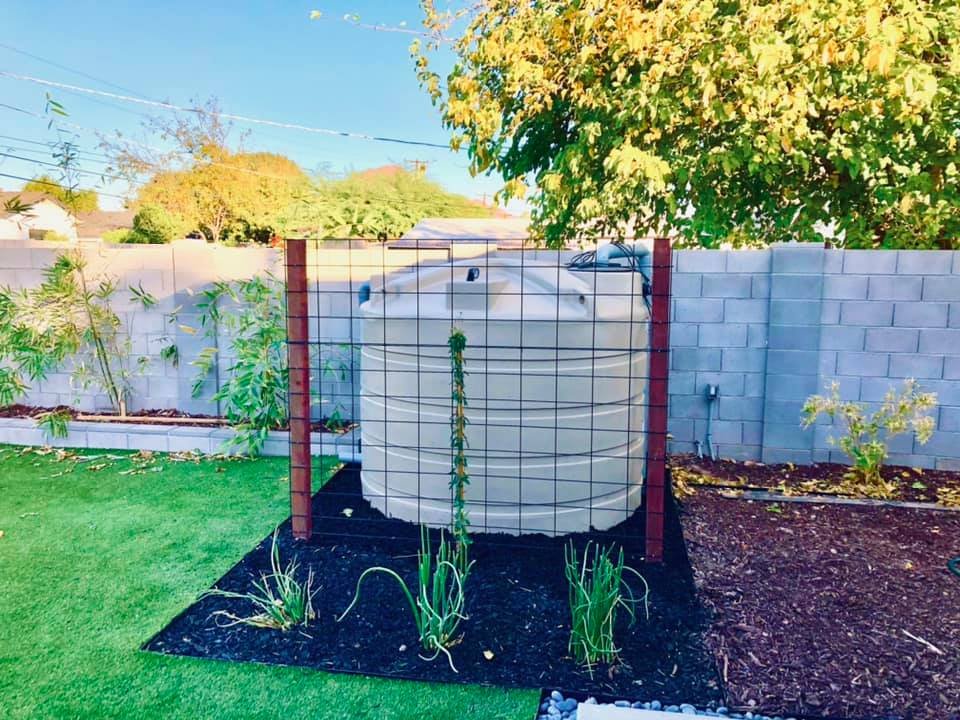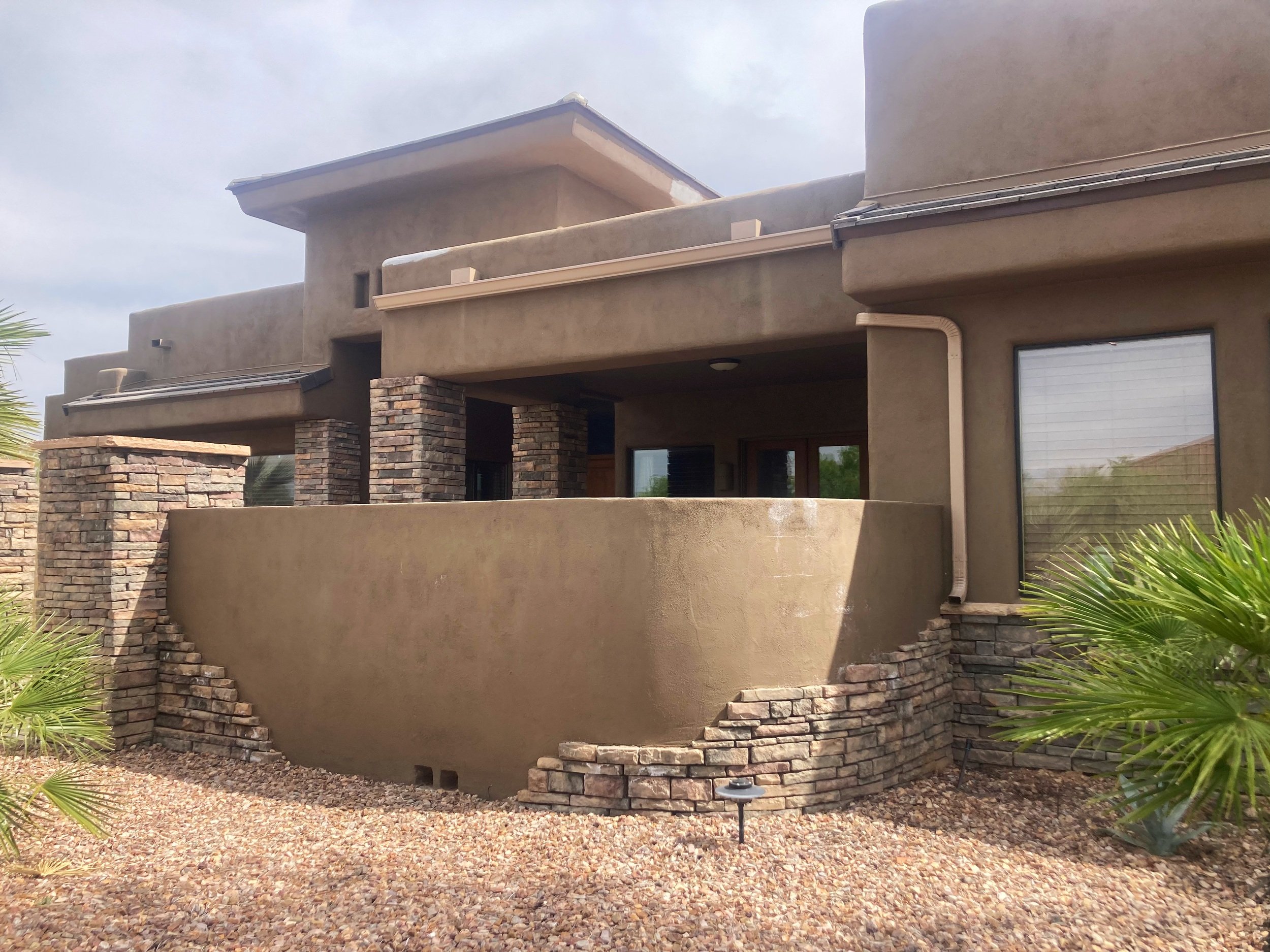
Professional Seamless Gutter Installation in the Phoenix Valley
All Homes & Roof Styles
Protect your home + Reduce your water bill
Examples from
-
Any Roof Style & Shape
Corners, curvatures, weird angles — it’s all part of our creative problem-solving. There are very few things we haven’t seen yet!
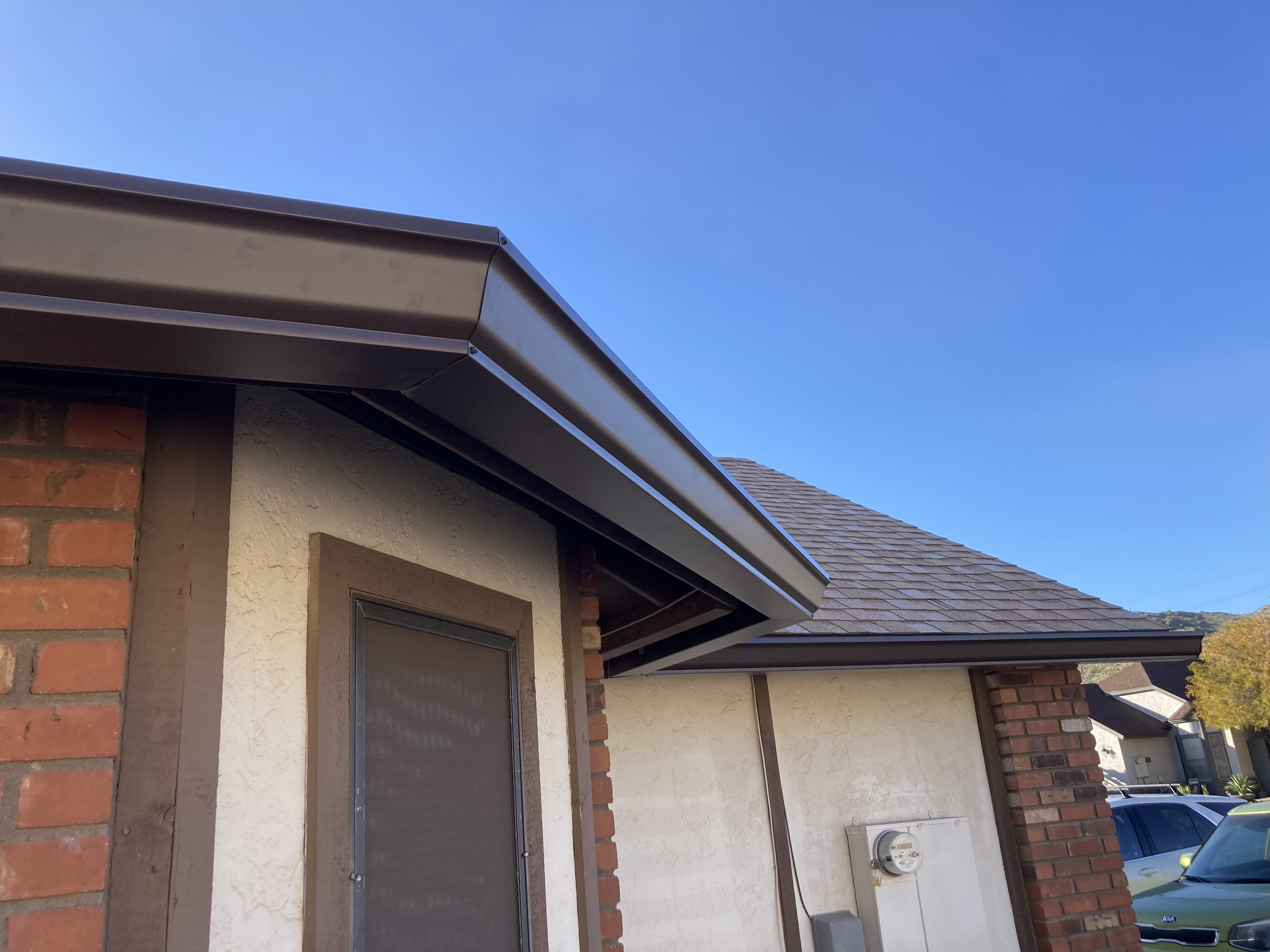
-
Scupper Conversions
We replace your existing scuppers with a design that pushes rainwater straight down into your new gutters
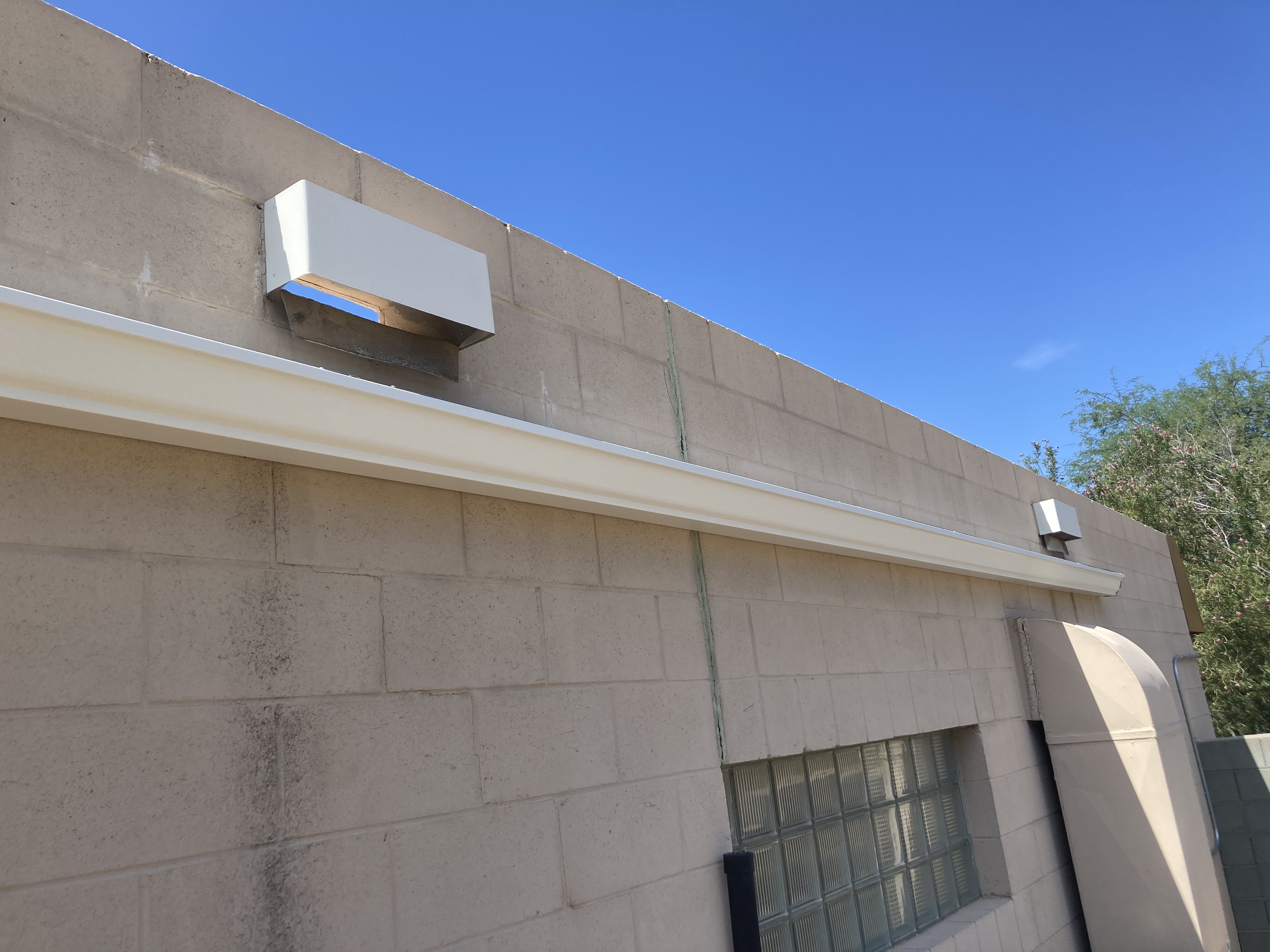
-
Multi-Story Installations
Description goes here
-
Unique Catchment Solutions
We custom-build solutions like this aluminum collection box to prevent all overspray — even in the biggest storms!

-
Creative Conveyance Solutions
House builders do not factor in rainwater in the desert, but we can design & build systems that move it almost any which way we want, like this angled downspout.
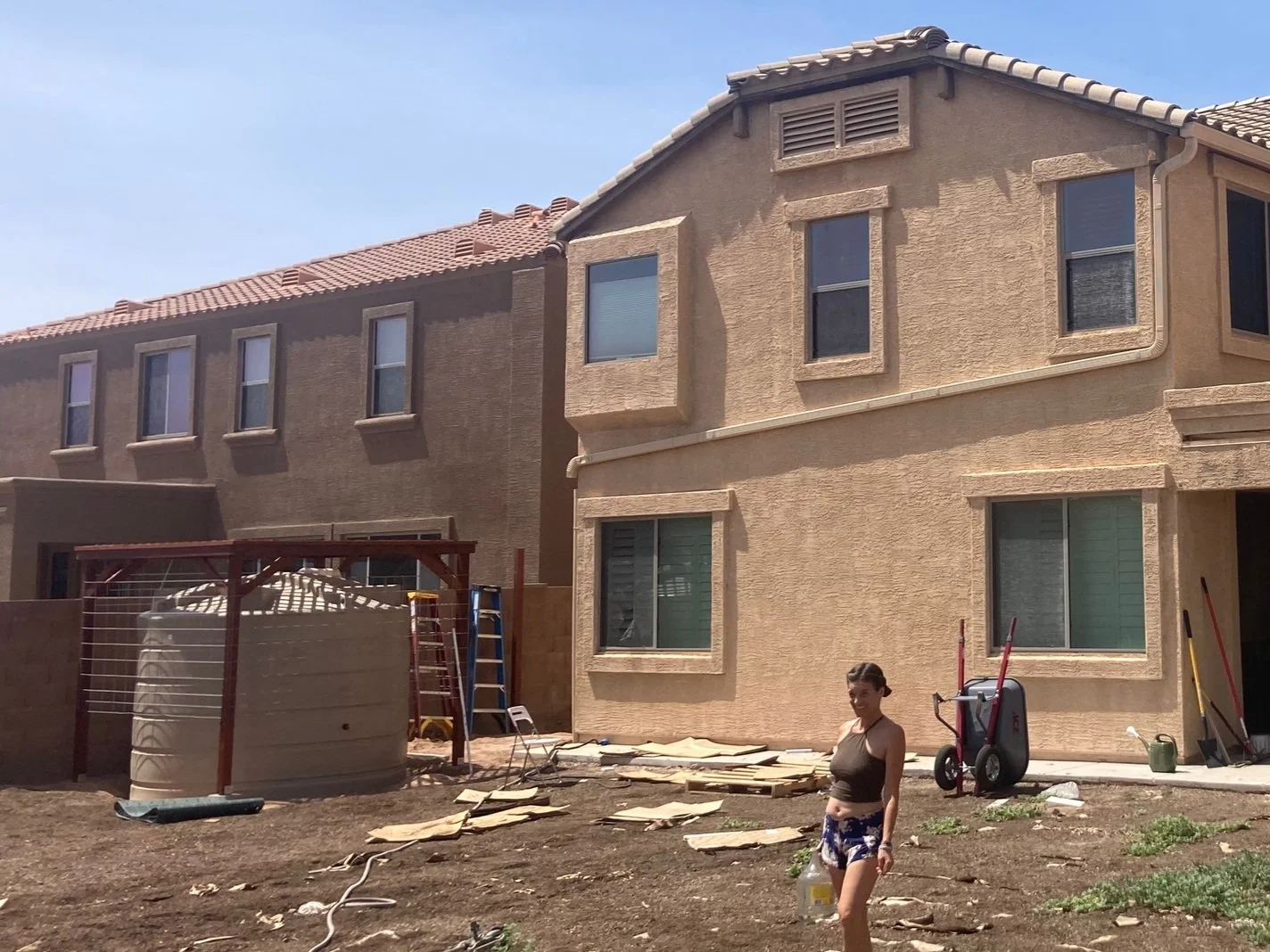
-
Staying Away from Hardscape
If the only choice is to move rainwater away from patios and other hardscapes, we can figure out a way to get it done.
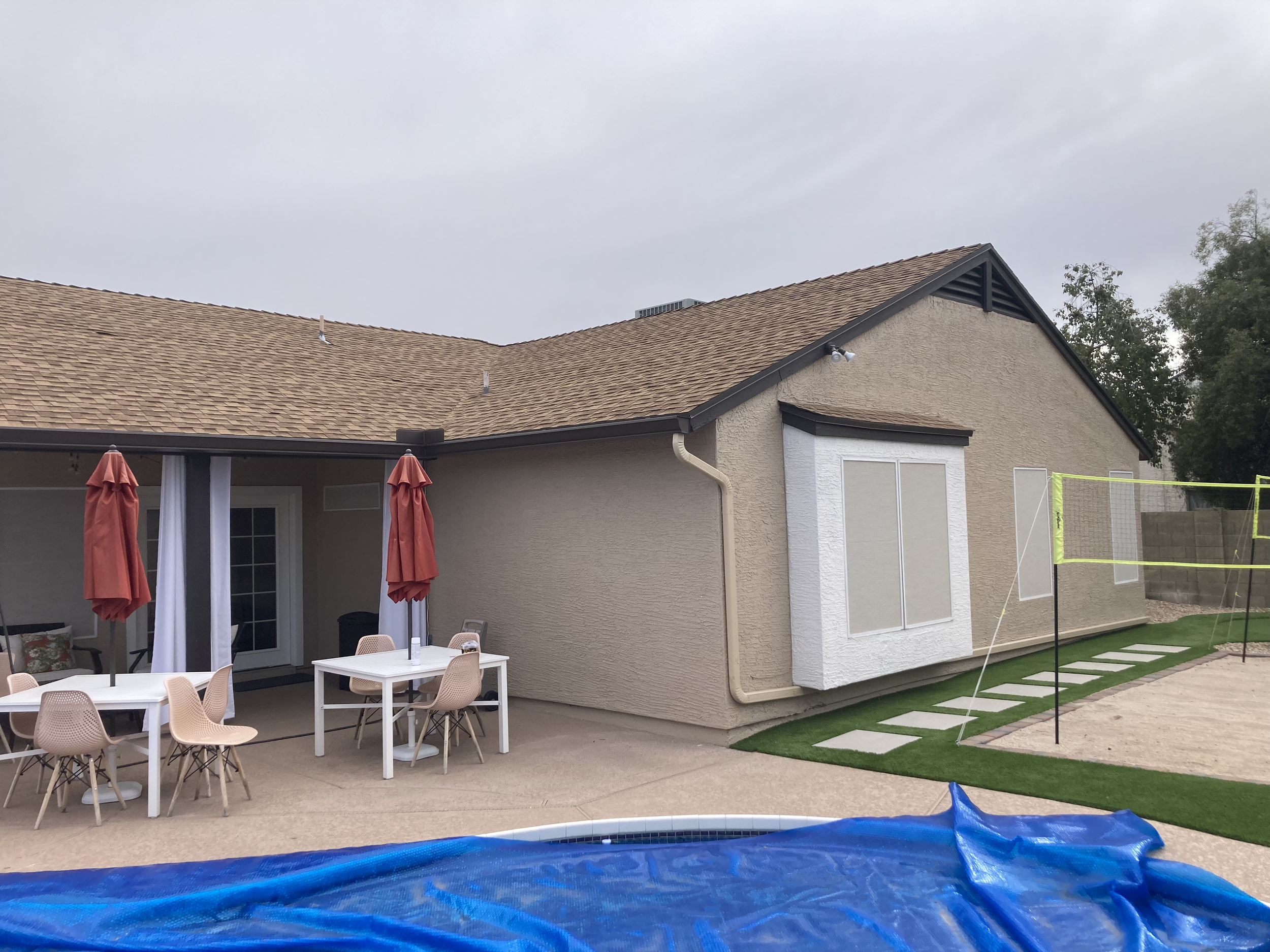
-
Going Underneath Hardscape
Description goes here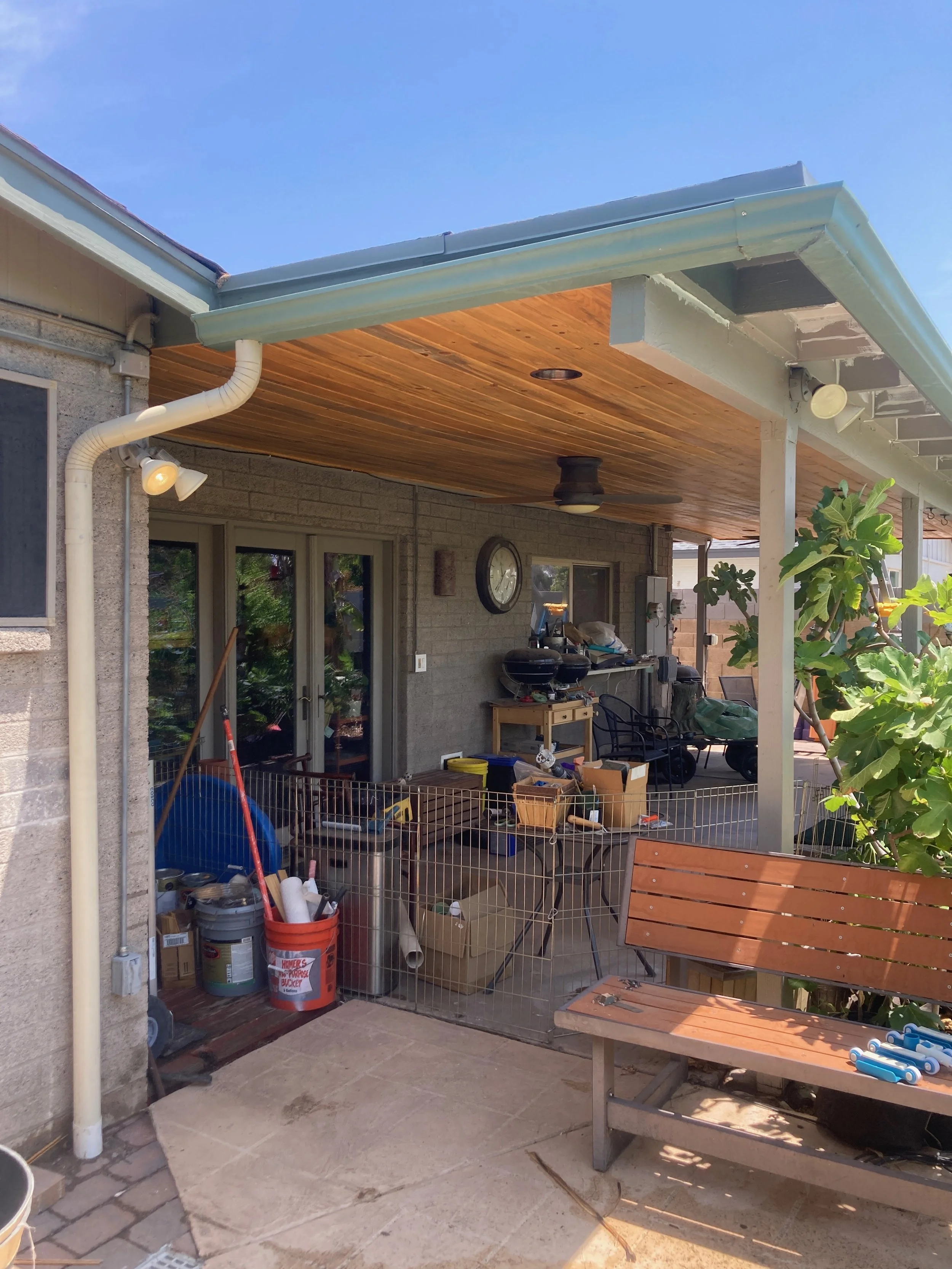
-
Rounded Edges Included!
Gutters don’t have to be boxy & rigid. They can be organic & flowy to match your home’s beautiful curves.
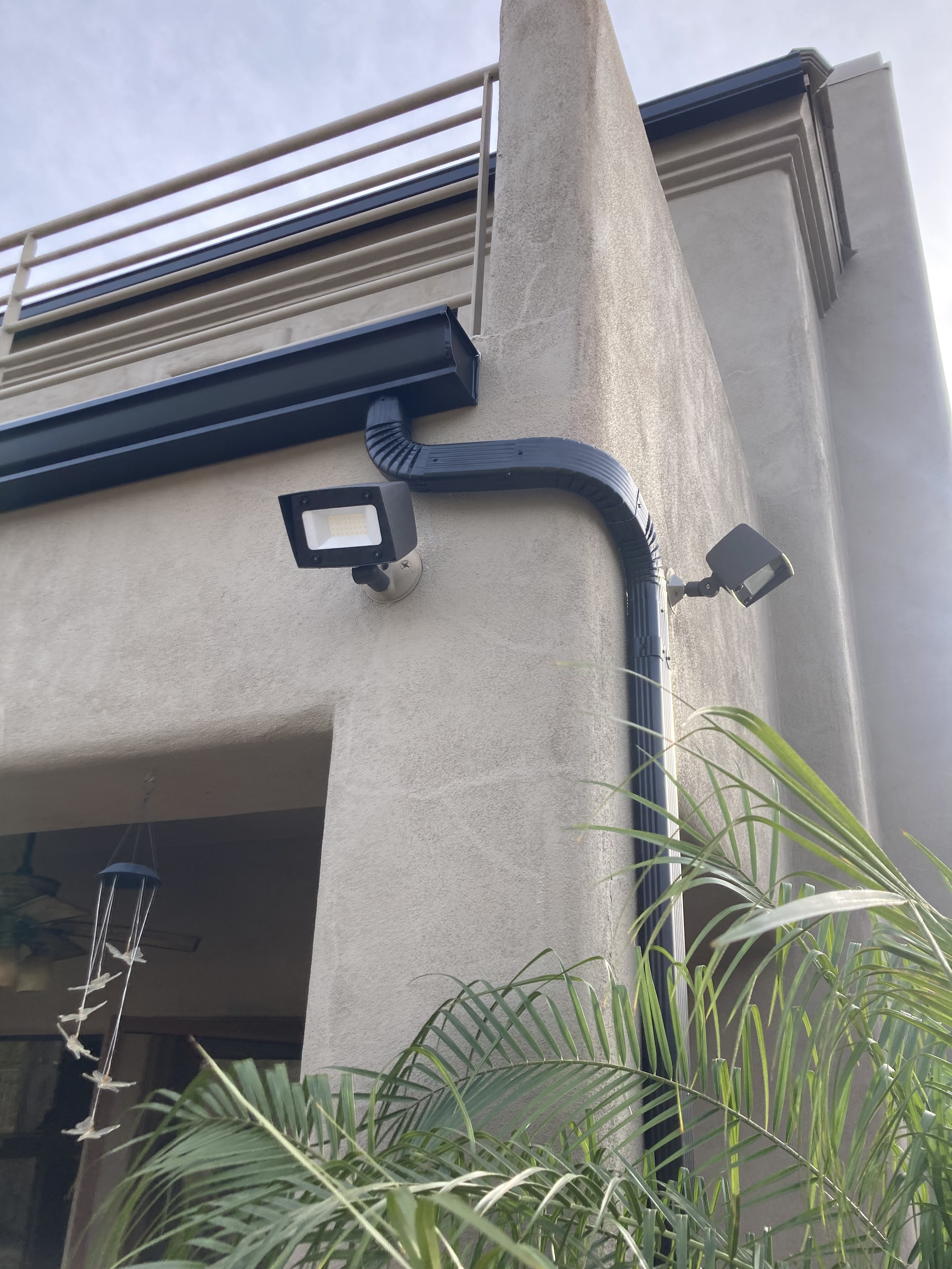
“Does it actually rain here?”
We compiled the average Phoenix valley precipitation data over the last 10-20 years. These charts give us important information about rainwater collection in the desert.
In the last 20 years, only 5 years saw less than 5” of rainfall, and 7 years received more than 7”.
Over the last 10 years, the Phoenix Metro Area has had 13 rain events greater than 1.5” in a single month.
The trend line is slightly downward, underlining the drastic importance of re-greening the valley to combat the Urban Heat Island effect.
But we will still continue to get massive unexpected rain events for decades to come and when they do, they will devastate unprepared areas.
That’s why installing an effective rainwater collection system now is critical for water security and storm drainage management in the desert.
Our rain is surprisingly well spread-out throughout the year. Seven months of each year get more than ½” of rain.
For every 1,000 ft² of roof catchment (or any area), you can capture about 620 gallons of rainwater for every 1” of rain. That adds up fast!
A general rule of thumb is to multiply the square footage of your house by 1.5 to estimate the size of your roof. For example, a 2,000 ft² house will have a roughly 3,000 ft² roof.
12,000
Gallons Per Year
That’s how much rainwater an average, 3-bedroom Phoenix house can capture (2,400 sq ft roof).
You can use Google Earth to measure your roof’s surface area, and multiply by .623 to see how much you could be capturing.
Or, if you’d like your own custom rainwater harvesting design plan, get in touch with us.
The 3 Critical Steps
Whether you’re hiring us or doing it yourself, this is the proven process.
1. Design Your System
Before laying spade to soil, determine where your utilities run.
From there you know where not to dig, and you can start planning your basins, trenches/footpaths, seating areas, ground-level gardens, etc.
Don’t worry — it’s a lot, and we’re here to help make it easy.
3. Add Tanks/Basins
The best place to store water is in the ground. Dig basins anywhere you don’t have utility lines, and you’ll sink hundreds of gallons of water deep into your soil—keeping it moist for months after a single storm.
You can also install tanks to store additional water. We like to use basins and tanks in combination when client budgets allow.
2. Install Gutters & Pipes
To capture as much rain as possible. in your basins & tanks, design and build a gutter system before the next storm.
We only recommend & install seamless gutters, which will last a lifetime. The store-bought DIY ones tend to fall apart after just a few monsoons.
Do this now, and you’ll be fast-tracking the process of reestablishing groundwater and growing massively successful gardens and food forests!



